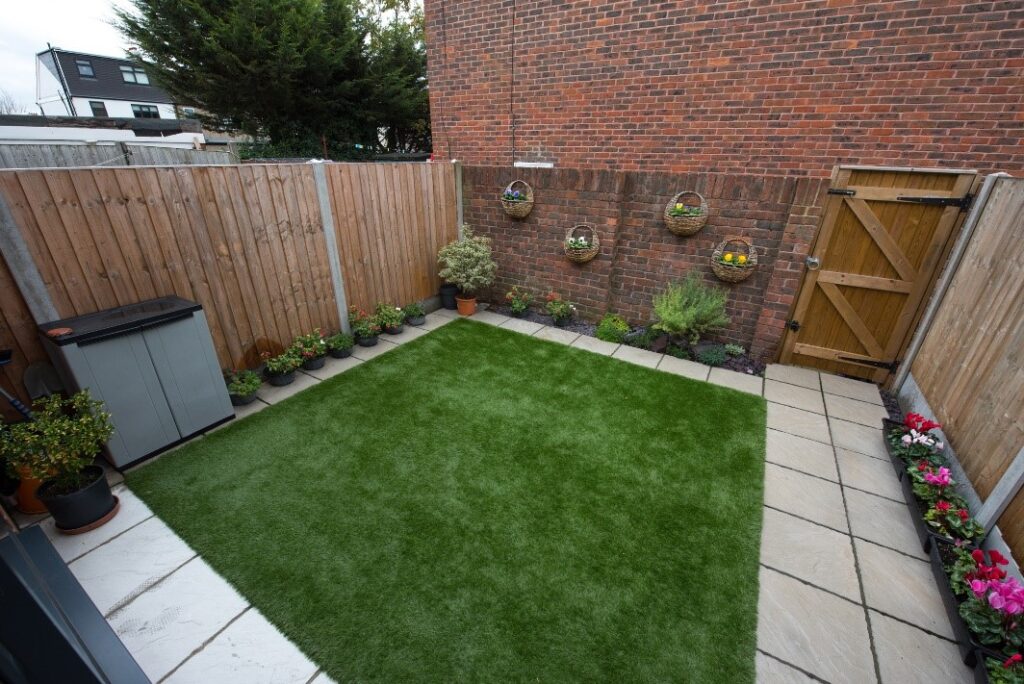Requires Very Little to No Maintenance
Synthetic grass does not need to be watered, mowed, or fertilized. Besides saving you time and money, imagine how convenient this is when you think of mowing your lawn when it’s cold or raining outside. It can also help with water conservation efforts.
Hard-Wearing Material
Natural grass can become very sparse in spots or areas with heavy foot traffic, but artificial grass is durable and will not wear away regardless of usage. This means there’s no more challenge of bringing a patchy area back to life to achieve a consistent green lawn.
Does Not Require Sunlight
Growing and maintaining natural grass can sometimes be tricky in areas that do not get as much sunlight. With artificial grass, you can have a beautiful-looking yard, even if it’s shaded by a tree, wall, or balcony.
Reduced Allergens
Artificial grass made from hypoallergenic materials cannot produce pollen, reducing one of the main triggers of allergy and causes of hay fever. It also does not hold onto pollen as much as natural grass.
No More Grass Stains
Natural grass can cause stains that are difficult to remove. Artificial turf is the more convenient option, so you never have to worry about dealing with stains and color transfer, especially when you have kids playing around the yard.

